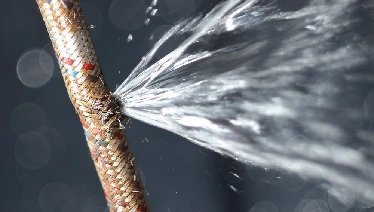Property managers, property owners, and renters may all encounter mold problems in the spaces they lease, manage, or rent. Few things bring a business to a halt, like mold. Just like mold found in homes, mold discovered in an apartment, at a business, in a commercial building, or rental space can be detrimental to its inhabitants—and a liability issue.
Once mold is discovered, the clock is ticking. What may seem like a small problem can quickly grow into a larger issue. Rainbow Restoration® provides professional, experienced service to keep your tenants, employees, and customers safe.
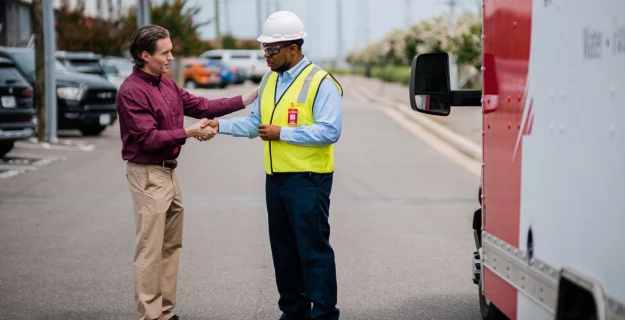
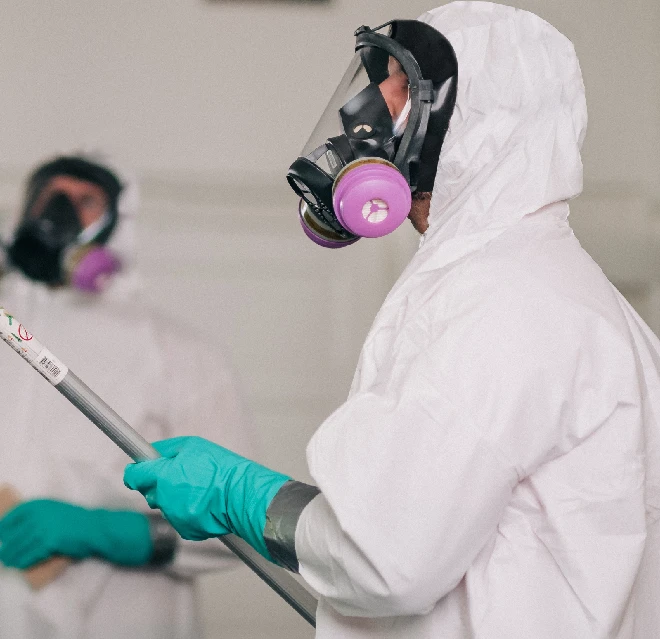
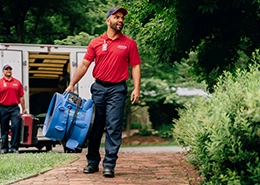

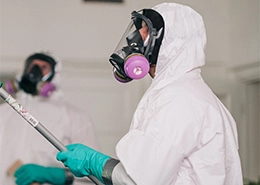

.webp)
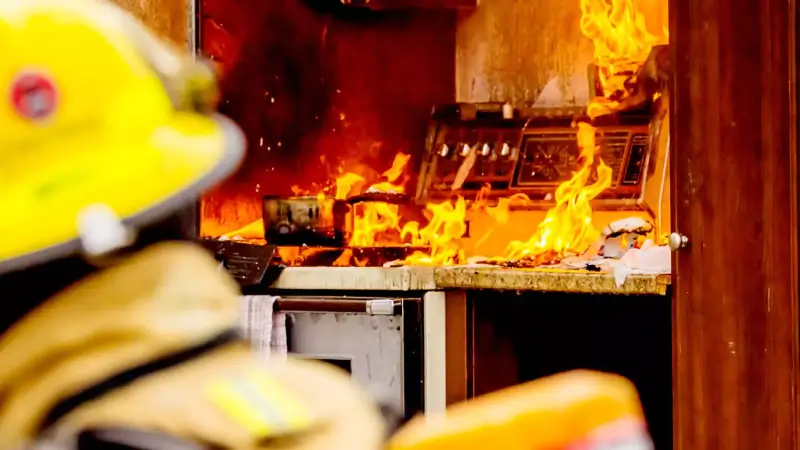
.webp)


